Removal Procedure
Important: An 8-digit identification number is located on the fuel rail. Refer to this number if servicing, or part replacement is required.
- Relieve the fuel system pressure. Refer to Fuel Pressure Relief .
- Remove the engine sight shield. Refer to Upper Intake Manifold Sight Shield Replacement .
- Disconnect the generator electrical connector (2).
- Disconnect the evaporative emission (EVAP) canister purge valve electrical connector.
- Disconnect the electronic throttle control (ETC) electrical connector (5).
- Remove the engine harness bolt and studs.
- Reposition the engine harness to the drivers side of the engine compartment.
- Identify the fuel injector connectors to their corresponding injectors in order to ensure correct sequential injector firing order after reassembly.
- Pull the top portion (2) of the connector up. Do not pull the top portion of the connector past the top of the white portion (1).
- Push the tab (1) on the lower side of the connector in order to release the connector from the injector.
- Repeat step 12 and step 13 for each injector connector.
- Disconnect the fuel feed (1) line from the fuel rail. Refer to Metal Collar Quick Connect Fitting Service .
- Remove the fuel rail studs.
- Remove the fuel rail.
- Remove and discard the fuel injector lower O-ring seals (4) from the spray tip end of each injector (3).
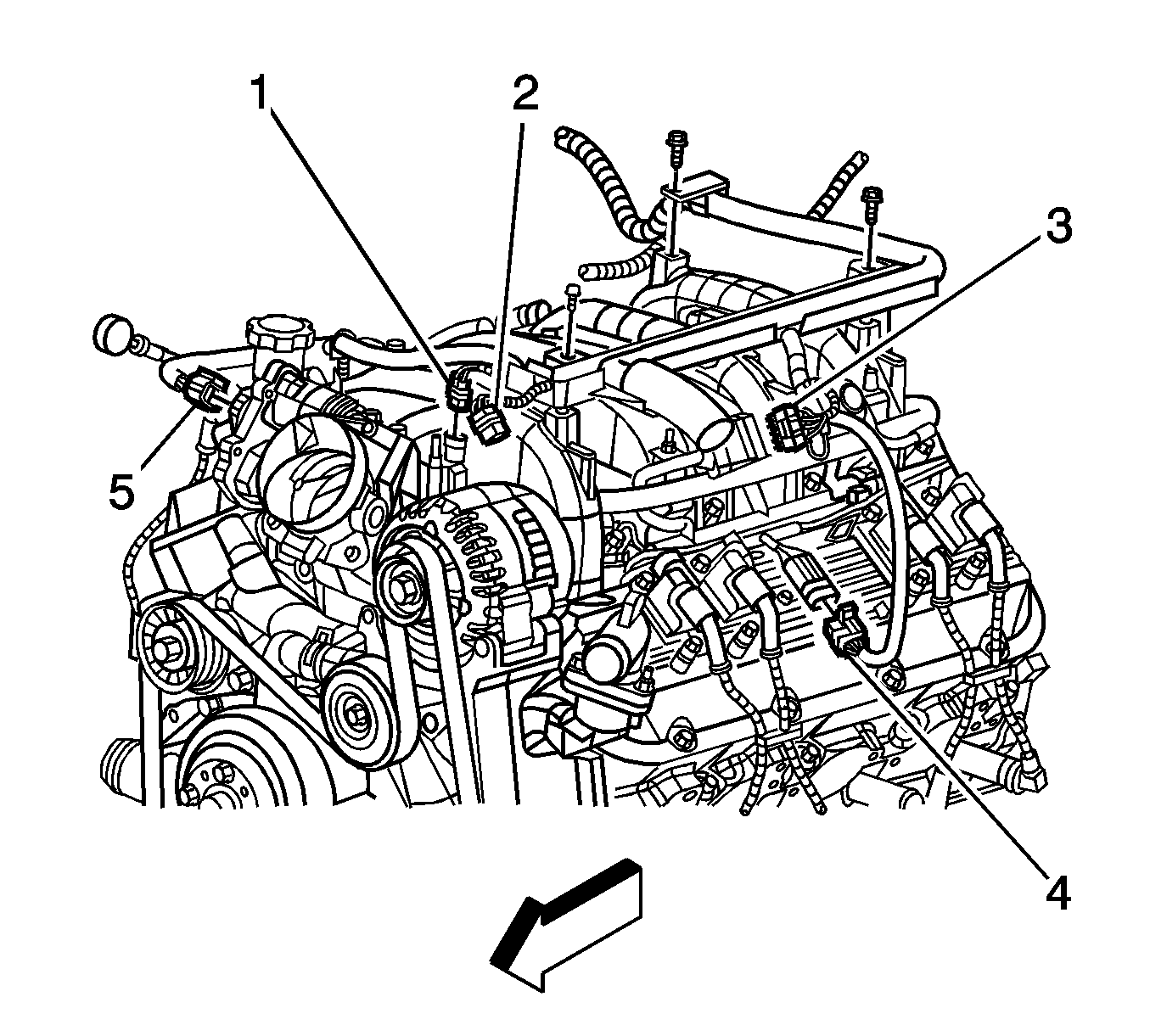
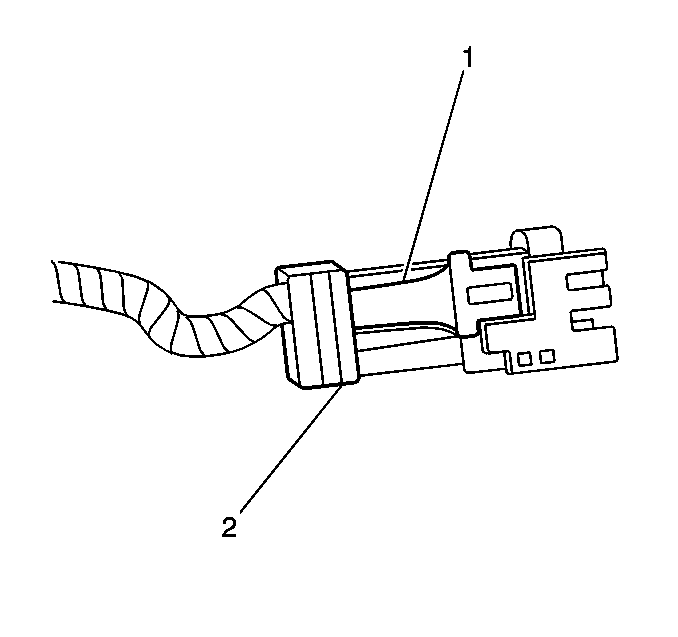
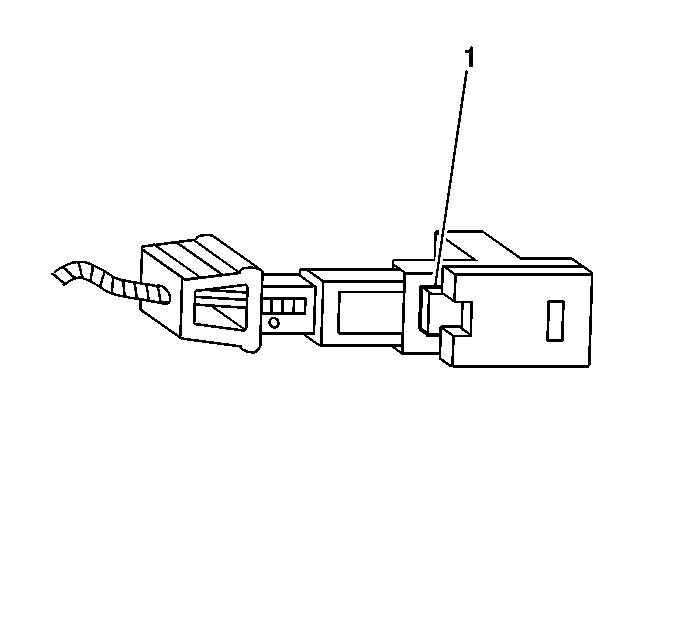
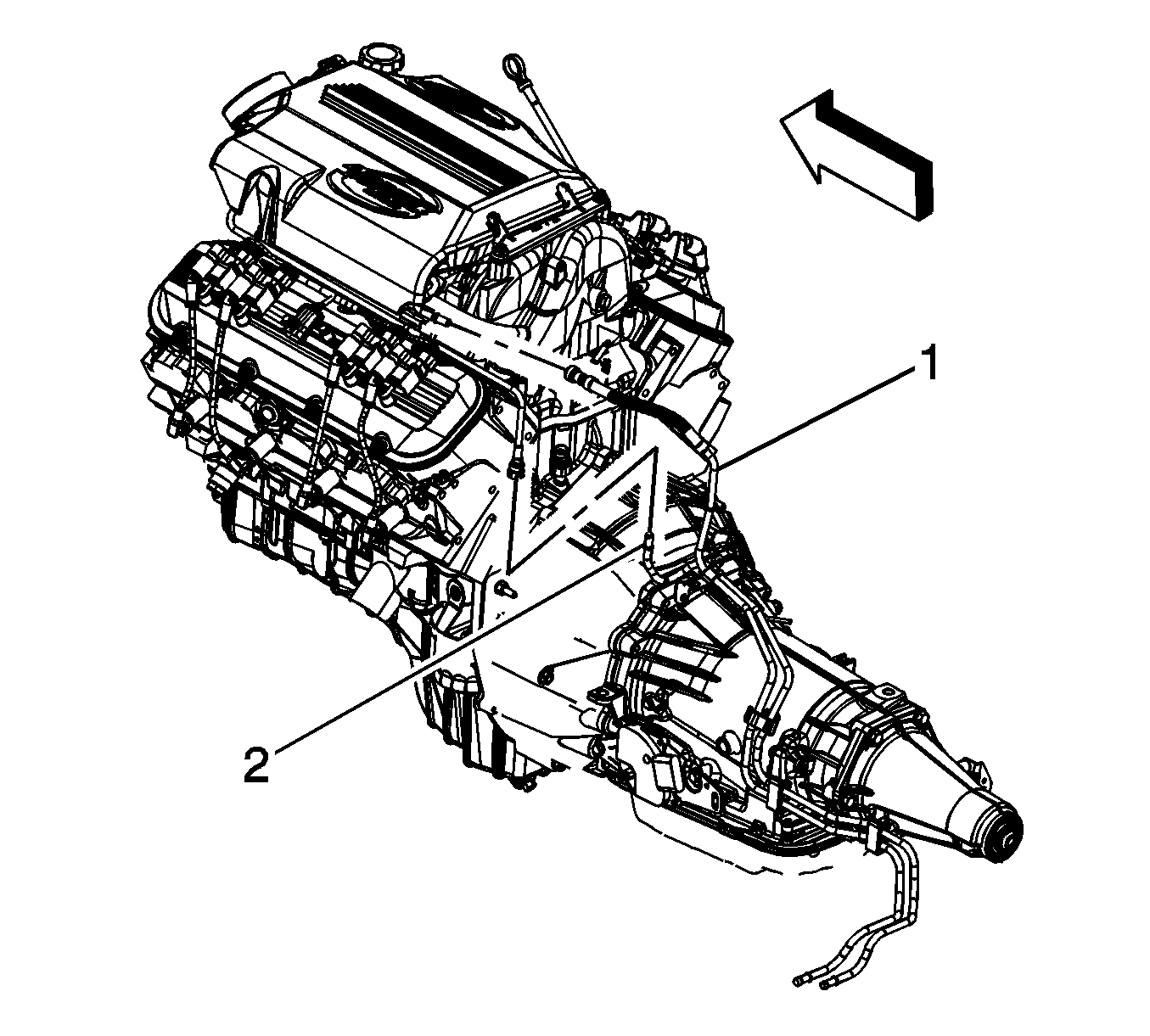
Notice:
• Remove the fuel rail assembly carefully in order to prevent damage
to the injector electrical connector terminals and the injector spray tips.
Support the fuel rail after the fuel rail is removed in order to avoid damaging
the fuel rail components. • Cap the fittings and plug the holes when servicing the fuel system
in order to prevent dirt and other contaminants from entering open pipes and
passages.
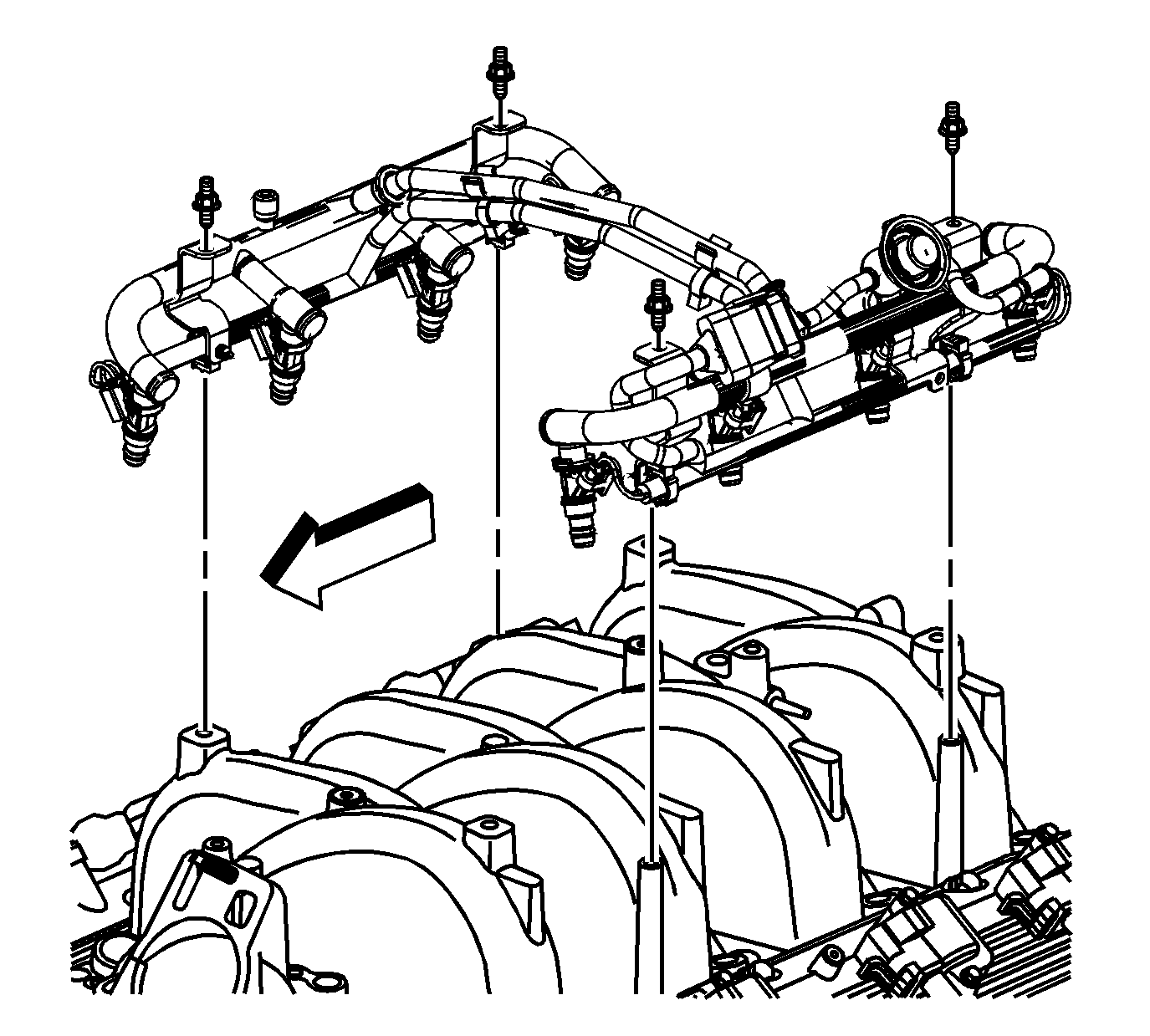
Important: Before removal, clean the fuel rail with a spray type engine cleaner such as, GM X-30A or equivalent, if necessary. Follow the package instructions. Do not soak the fuel rails in liquid cleaning solvent.
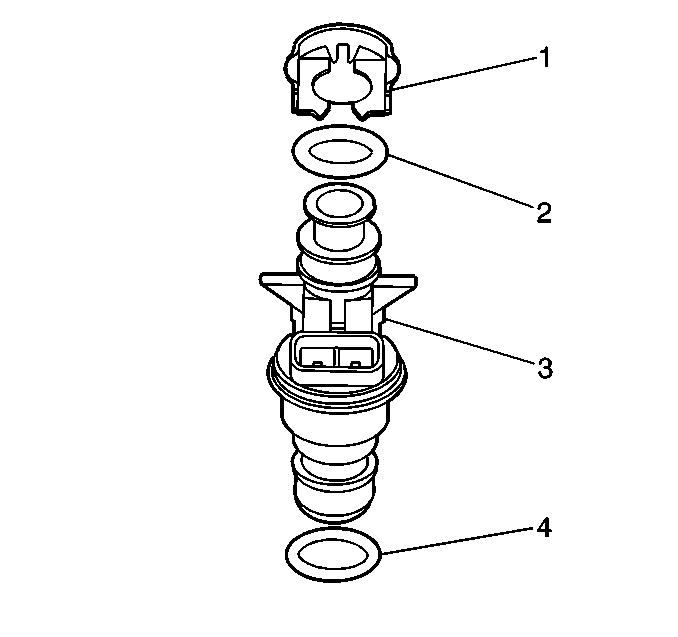
Installation Procedure
- Lubricate NEW lower injector O-ring seals (4) with clean engine oil.
- Install the NEW O-ring seals (4) onto the spray tip end of each injector (3).
- Install the fuel rail.
- Install the fuel rail studs.
- Connect the fuel feed (1) line to the fuel rail. Refer to Metal Collar Quick Connect Fitting Service .
- Connect the fuel injector electrical connectors.
- Reposition the engine harness.
- Install the engine harness bolt and studs.
- Connect the ETC electrical connector (5).
- Connect the EVAP canister purge valve electrical connector.
- Connect the generator electrical connector (2).
- Install the engine sight shield. Refer to Upper Intake Manifold Sight Shield Replacement .
- Install the fuel fill cap.
- Connect the negative battery cable. Refer to Battery Negative Cable Disconnection and Connection .
- Use the following procedure to inspect for leaks:


Notice: Use the correct fastener in the correct location. Replacement fasteners must be the correct part number for that application. Fasteners requiring replacement or fasteners requiring the use of thread locking compound or sealant are identified in the service procedure. Do not use paints, lubricants, or corrosion inhibitors on fasteners or fastener joint surfaces unless specified. These coatings affect fastener torque and joint clamping force and may damage the fastener. Use the correct tightening sequence and specifications when installing fasteners in order to avoid damage to parts and systems.
Tighten
Tighten the studs to 12 N·m (106 lb in).

| • | Install each connector onto the proper injector in order to ensure correct sequential injector firing order. |
| • | Rotate the injectors as required in order to avoid stretching the wire harness. |

Tighten
Tighten the bolt/studs to 10 N·m (89 lb in).
| 15.1. | Turn the ignition ON, with the engine OFF, for 2 seconds. |
| 15.2. | Turn the ignition OFF for 10 seconds. |
| 15.3. | Turn the ignition ON, with the engine OFF. |
| 15.4. | Inspect for fuel leaks. |
